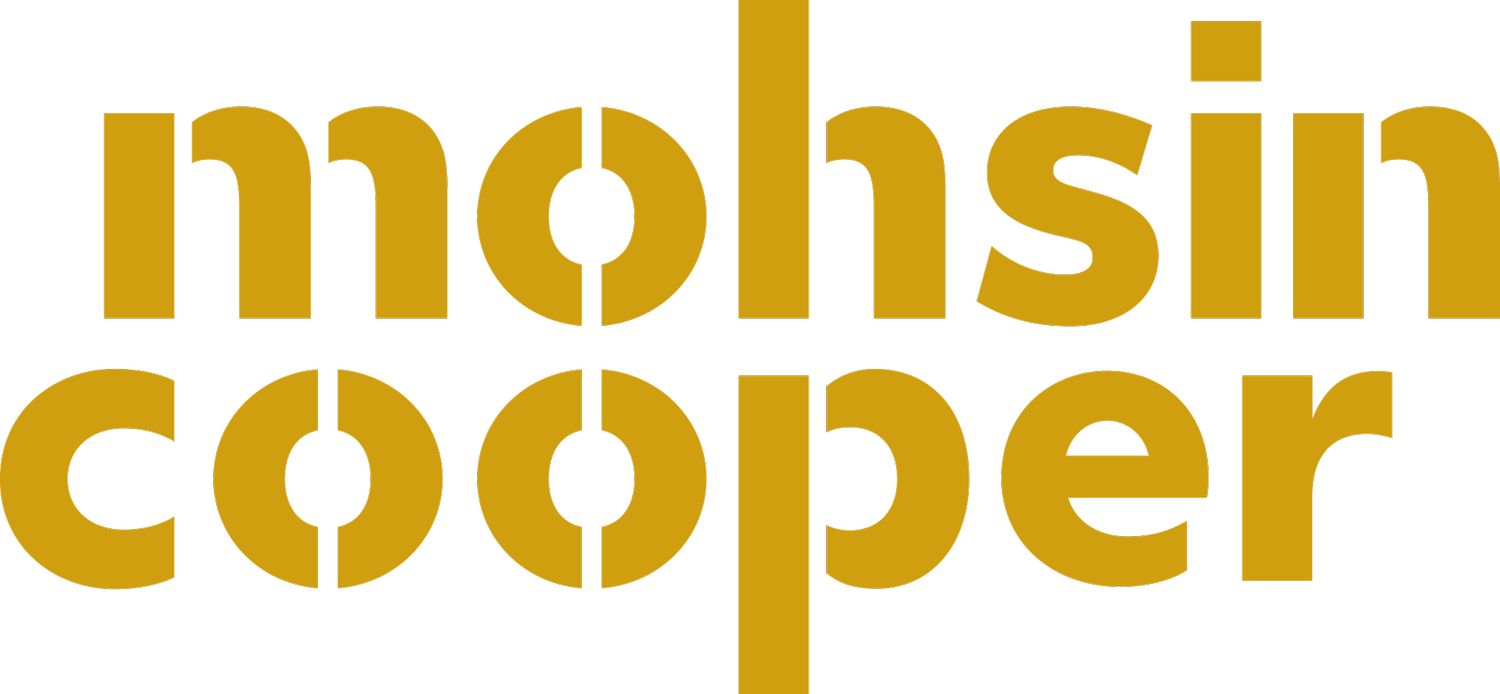Why viability doesn't have to come at the cost of brilliant design
How the right design is key to a viable scheme.
We love creating beautiful places. We’re architects and planners; of course we do.
We relish the opportunity to unlock someone’s vision for a site and bring it to life with a design that is truly breathtaking.
Where does your profit come from?
Profit from cost-cutting?
Sometimes architects fall into the trap of producing an ambitious but undeliverable design, losing sight of financial viability. Yet a proposal needs to make sense financially if it is going to make it from the drawing board and onto the ground.
It’s of fundamental importance, but we’ve lost count of the times we have been brought in to rectify a design flaw that would render a scheme unviable.
Good design gives the client what they really want and leaves out the unnecessary or unrealistic. Take residential schemes, for example. People don’t really want a garage anymore – not for their car, at least. They want storage, yes, and somewhere to park their car, but a good designer sees the bigger picture in trends and understands what end users really want.
Good designers also know when to stop. They understand that there’s no point designing affordable housing like it’s for a premier league footballer. Designers must have a good understanding of constraints, yes, like budget, but also, the planning system.
Because of our combined planning and architectural expertise, we’re able to pick up on policy requirements that will impact the design, for example an emerging policy requiring all new housing to incorporate electric car charging points. We’ve learnt from experience that spotting things earlier can save you money later down the line. And weaving our planning knowledge into the design at the outset means that our schemes will move through the planning and building control system more quickly.
At 34 West Barnes Lane, we were instructed to pick up a scheme that already had consent but still didn’t quite work. We altered the design to optimise and improve the layout, repositioning the lift and stair well.
By revisiting the scheme and streamlining the design we were able to strip out unnecessarily costly elements and so turn the scheme’s profitability around.
Profit from increasing value?
The other key way to increase profitability is through actually increasing the design specifications. By challenging the brief and seeing things differently an architect and a planner, working together, can find opportunities to increase the value of a scheme.
It’s about understanding the market and the target buyer, and doing more with what you’ve got. When we’re tasked with adding value through design we often look for ways to either increase the density of a scheme, increase the floorspace in a new apartment, or specify the top spec finishes and fittings, for example.
The original building at Queens Park Villa, Brighton had been poorly converted into office space in the 1980s. We were instructed to deliver a detailed design for the conversion of the building into apartments. Because of an above average floor to ceiling height at ground floor we were able to insert mezzanine floors to be used as study areas or snugs. And adding to the overall square footage of those units meant our client could increase the price margin on the end product, for relatively little added build costs.
And in Brighton and Hove we worked with the local authority to successfully amend a restrictive planning condition on a converted apartment block. The condition limited the number of apartments that could access a car parking permit. By increasing the number of flats that could use the building’s car park, the value of our client’s apartment block rocketed.
We love making things beautiful and viable
At Mohsin Cooper we love to challenge the stereotype that designers either make things beautiful or viable.
We’re immensely proud of some of the high profile projects we’ve worked on. But sometimes it is the projects where we’ve been brought in to rescue a floundering project from being mothballed due to viability issues where we’ve particularly been able to add value.
With our eye for design – and for technical details – we love making things beautiful and viable for our clients.
So, where does your profit come from?
We’re a straight-talking commercially-minded planning and architectural practice. And we know that unless a scheme delivers enough profit, it isn’t getting built.
So if you want to make sure your scheme actually builds in profit, the key may well lie in its design. Get in touch and let us help you.


